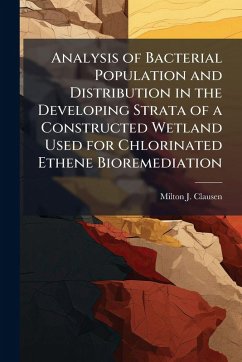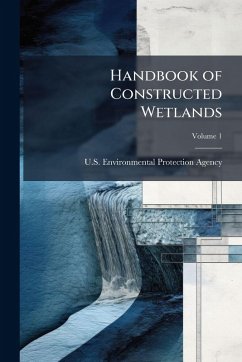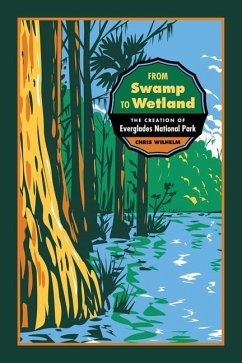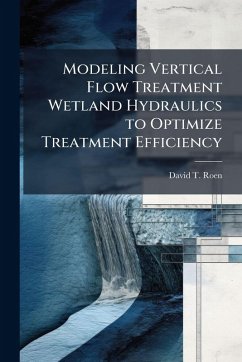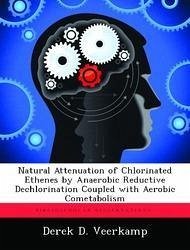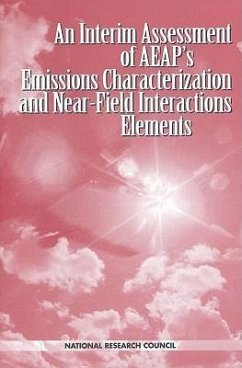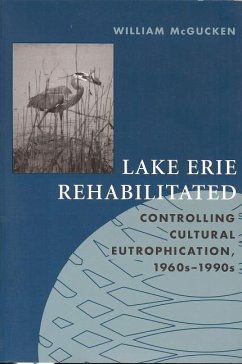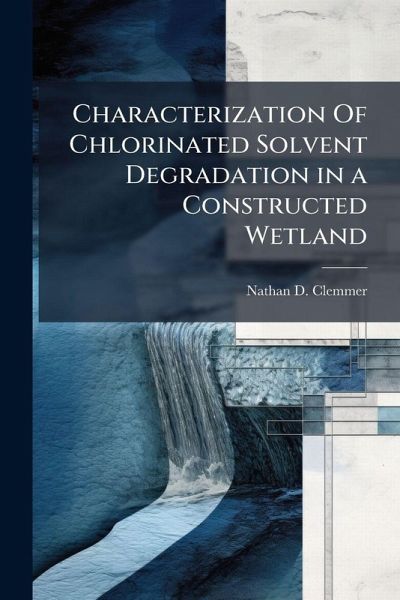
Characterization Of Chlorinated Solvent Degradation in a Constructed Wetland
Versandkostenfrei!
Versandfertig in über 4 Wochen
18,99 €
inkl. MwSt.
Weitere Ausgaben:

PAYBACK Punkte
9 °P sammeln!
Widespread chlorinated ethene contamination of aquifers coupled with high costs of current treatment technologies demand innovative remediation solutions. Wetlands, maintaining anaerobic and aerobic zones promoting the complete degradation of chlorinated ethenes such as Tetrachloroethylene (PCE), could be the answer. This thesis characterized the chlorinated solvent contamination levels in three strata of an upward flow constructed wetland. Analysis of samples was accomplished by purge-and-trap gas chromatography. Water quality parameters, Dissolved Oxygen (DO), Oxidation Reduction Potential (...
Widespread chlorinated ethene contamination of aquifers coupled with high costs of current treatment technologies demand innovative remediation solutions. Wetlands, maintaining anaerobic and aerobic zones promoting the complete degradation of chlorinated ethenes such as Tetrachloroethylene (PCE), could be the answer. This thesis characterized the chlorinated solvent contamination levels in three strata of an upward flow constructed wetland. Analysis of samples was accomplished by purge-and-trap gas chromatography. Water quality parameters, Dissolved Oxygen (DO), Oxidation Reduction Potential (ORP), pH, Conductivity, and Temperature, were also measured in monitoring wells with a water monitoring sonde. After removing data outliers caused by short-circuiting flow, PCE concentrations declined from an average of 32.59 ± 0.699 ppb (± 95% confidence interval) in the inflow stream to an average of 0.171 ± 0.807 ppb in the upper layer (a 99.3% reduction). This work has been selected by scholars as being culturally important, and is part of the knowledge base of civilization as we know it. This work was reproduced from the original artifact, and remains as true to the original work as possible. Therefore, you will see the original copyright references, library stamps (as most of these works have been housed in our most important libraries around the world), and other notations in the work. This work is in the public domain in the United States of America, and possibly other nations. Within the United States, you may freely copy and distribute this work, as no entity (individual or corporate) has a copyright on the body of the work. As a reproduction of a historical artifact, this work may contain missing or blurred pages, poor pictures, errant marks, etc. Scholars believe, and we concur, that this work is important enough to be preserved, reproduced, and made generally available to the public. We appreciate your support of the preservation process, and thank you for being an important part of keeping this knowledge alive and relevant.




